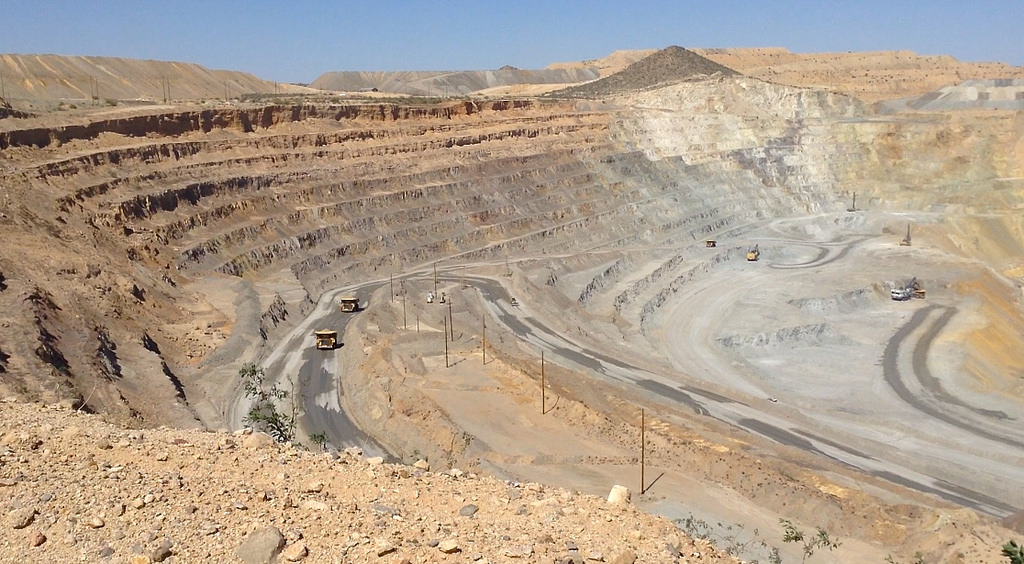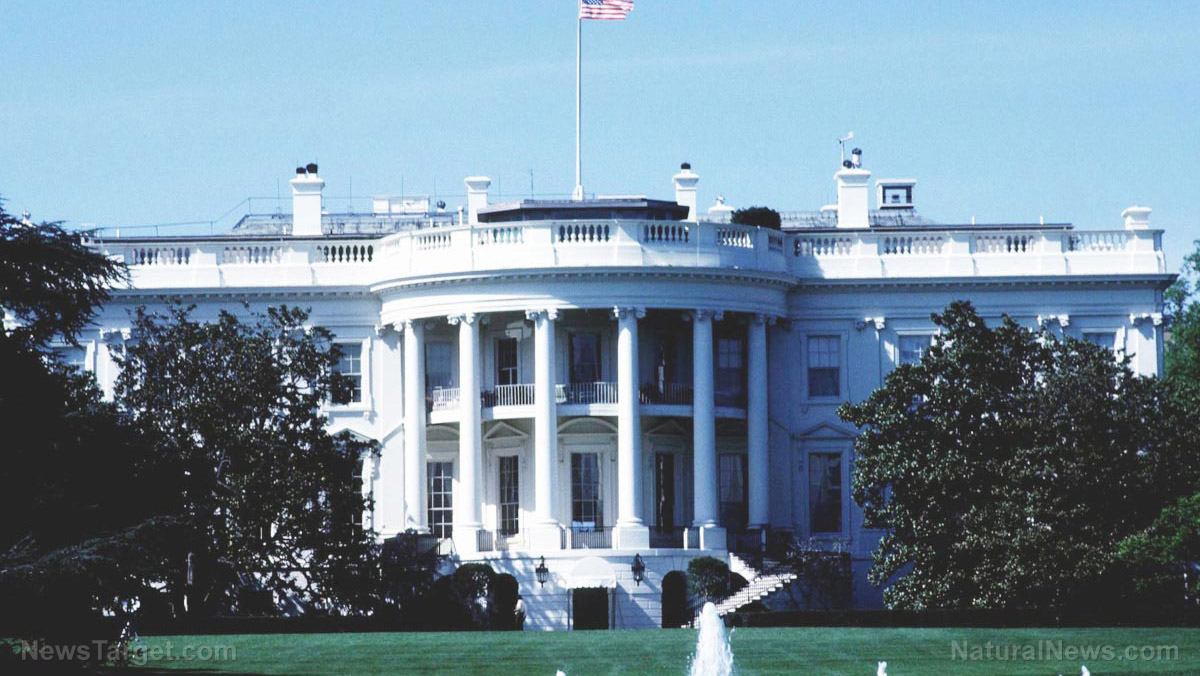
As reported by Canada’s National Post, the country has spent more than $350 million taxpayer dollars over many years to clean up a toxic abandoned mining region, but still cannot use the land because it remains contaminated.
More than a quarter of a billion dollars has been spent in the past 10 years alone to clean up the abandoned Faro mine site, which resembles a moonscape consisting of waste rock and mustard-yellow ponds in the mountains of south-central Yukon, the paper said.
However, according to the Treasury Board of Canada’s annual reports that were posted online, there has been no remediation of the land whatsoever: “Actual cubic metres remediated: zero; actual hectares remediated: zero; actual tonnes remediated: zero.”
The area is both off-limits and out of sight as it overlooks the Pelly River Valley on the territory of the Ross River Dena First Nations—the 2,500-hectare (approximately 6,177 acres)—Faro mine property has developed into one of Canada’s biggest contaminated sites.
Bureaucracy is the same everywhere—inefficient and expensive
But it has also turned into one of the country’s most expensive secrets. Not very many people outside of the North have paid much attention to the highly toxic site—but it has nonetheless been micromanaged by several layers of bureaucracy since it was abandoned in 1998, yet there is, perhaps unsurprisingly, no accountability whatsoever.
What is not absent, however, are the excuses about the dramatic lack of progress at the site.
“The biggest problem has been figuring out what to do,” Lou Spagnuolo, the Vancouver-based Faro mine remediation project director for Indigenous and Northern Affairs Canada (INAC), said. His agency has the lead on the mine clean-up, and it is also working with the Yukon provincial government as well as affected First Nation communities.
The mine began its operations in 1969, and at one point was the world’s biggest lead-zinc mine, as well as the Yukon’s largest employer. At the time and throughout its duration, the company’s permit only required a $100,000 security deposit and that operators “dispose of its mill tailings in a good and miner-like fashion.”
Then, in 1998, after nearly three decades of operations, Faro’s last owner, Anvil Range Mining Corp., declared bankruptcy, then abandoned the site altogether. Today, the mine’s 70 million tons of toxic tailings fill a four-and-a-half kilometer by one-kilometer multi-colored slough. And the 320 million tons of acid-leaching waste rock that is surrounding the site is enough to rebuild Egypt’s largest pyramid some 40 times.
At the time it was abandoned, the National Post noted, a joint federal-territorial government board stepped up to manage the left-behind toxic mess, using funding from the Federal Contaminated Sites Action Plan.
Costs keep spiraling upward
But that is when things went to hell, so to speak. Critics say once the bureaucracy got involved—layers and layers of it, along with endless consultations and deliberations—nothing got done. All cleanup efforts completely stalled out.
For instance, the Post noted, between 2003 and 2009, more than 100 technical assessments and studies were done, resulting in a dozen plans aimed at dealing with various levels of government and communities affected by the toxic site.
However, said Kathlene Suza, the representative for the Ross River Dena on the Faro Mine Closure Office team run by the Yukon government, things just continued to drag out.
“We were supposed to have a remediation plan in place by 2011,” she said. “How much longer is this going to go on?”
In 2009, senior officials with the Indian and Northern Affairs Canada (as it was then known), the Yukon government, Selkirk First and Ross River Dena Council estimated that the remediation process at the site would take an additional four decades at a cost of $450 million.
Now, however, that cost estimate has climbed to as high as $1 billion, Spagnuolo said.
J.D. Heyes is a senior writer for Natural News and News Target, as well as editor of The National Sentinel.
Sources:
Please contact us for more information.























